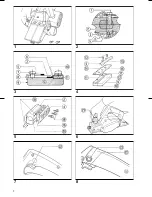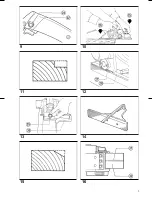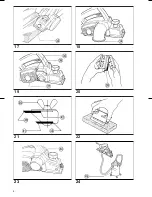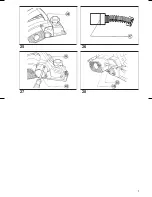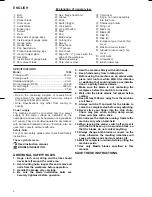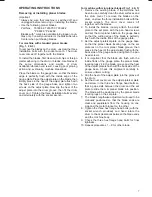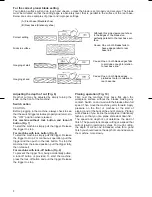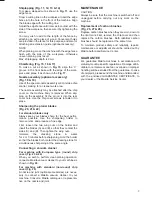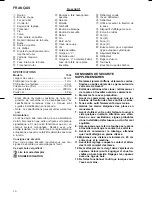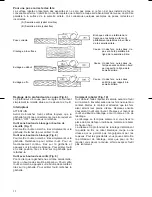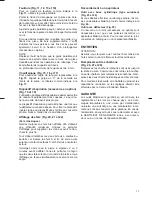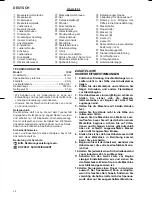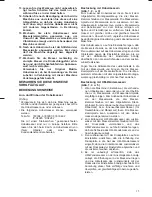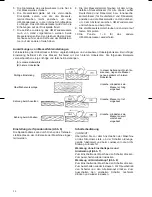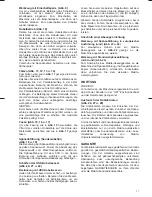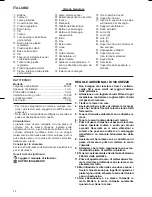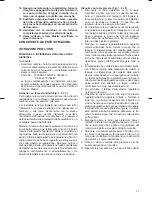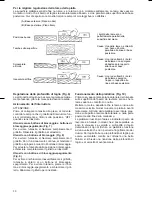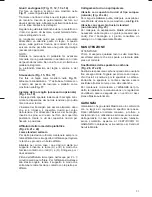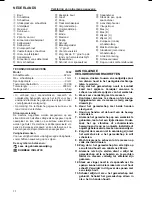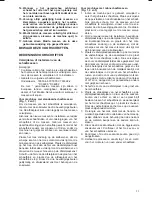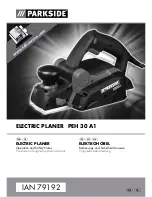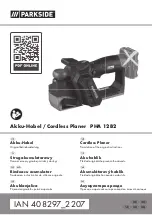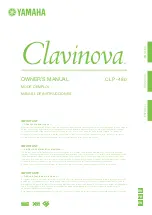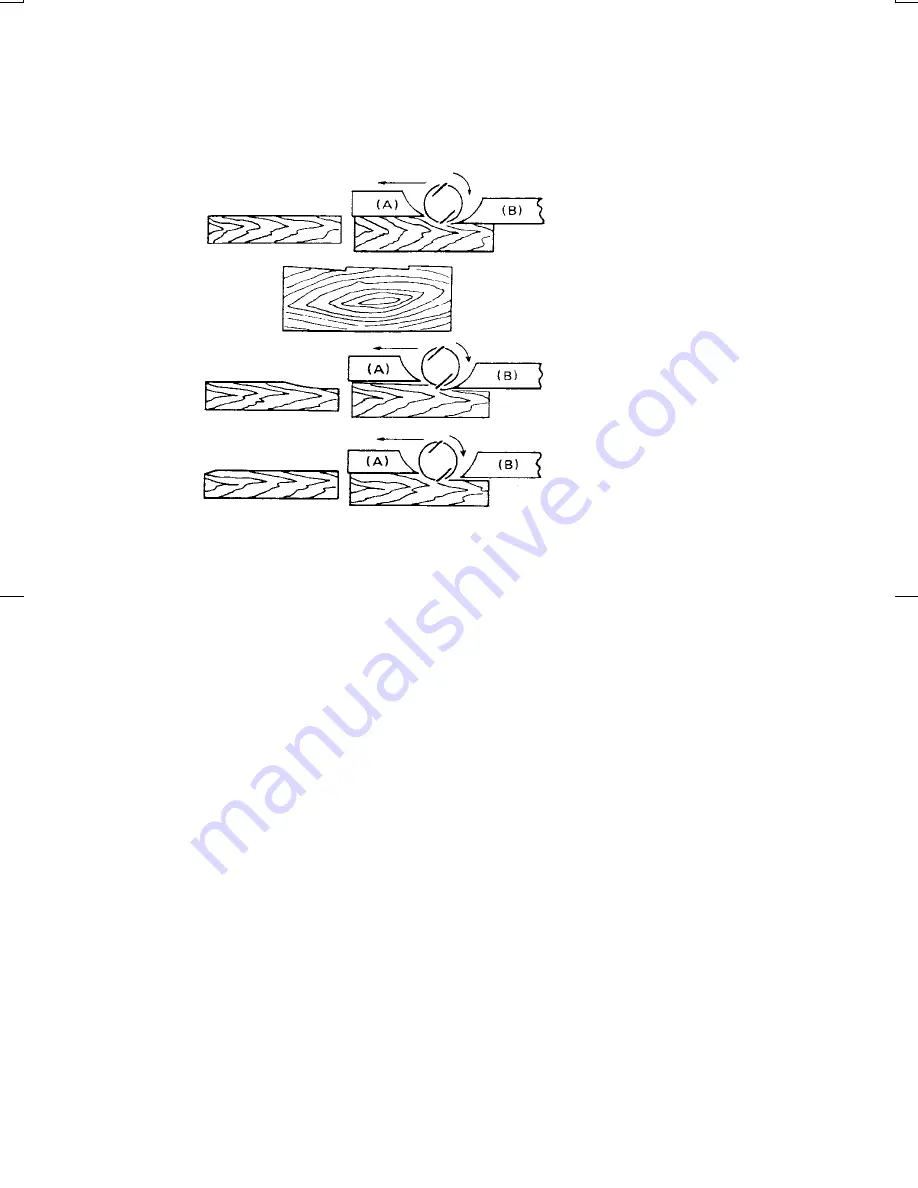
For the correct planer blade setting
Your planing surface will end up rough and uneven, unless the blade is set properly and securely. The blade
must be mounted so that the cutting edge is absolutely level, that is, parallel to the surface of the rear base.
Below are some examples of proper and improper settings.
Adjusting the depth of cut (Fig. 6)
Depth of cut may be adjusted by simply turning the
knob on the front of the machine.
Switch action
CAUTION:
Before plugging in the machine, always check to see
that the switch trigger actuates properly and returns to
the ‘‘OFF’’ position when released.
For machine without lock button and lock-off
button (Fig. 7)
To start the machine, simply pull the trigger. Release
the trigger to stop.
For machine with lock button (Fig. 8)
To start the machine, simply pull the trigger. Release
the trigger to stop. For continuous operation, pull the
trigger and then push in the lock button. To stop the
machine from the locked position, pull the trigger fully,
then release it.
For machine with lock-off button (Fig. 9)
To prevent the trigger from being accidentally pulled,
a lock-off button is provided. To start the machine,
press the lock-off button and pull the trigger. Release
the trigger to stop.
Planing operation (Fig. 10)
First, rest the machine front base flat upon the
workpiece surface without the blades making any
contact. Switch on and wait until the blades attain full
speed. Then move the machine gently forward. Apply
pressure on the front of machine at the start of
planing, and at the back at the end of planing. Planing
will be easier if you incline the workpiece in stationary
fashion, so that you can plane somewhat downhill.
The speed and depth of cut determine the kind of
finish. The power planer keeps cutting at a speed that
will not result in jamming by chips. For rough cutting,
the depth of cut can be increased, while for a good
finish you should reduce the depth of cut and advance
the machine more slowly.
(A) Front base (Movable shoe)
(B) Rear base (Stationary shoe)
Correct setting
Nicks in surface
Gouging at start
Gouging at end
Although this side view cannot show
it, the edges of the blades run
perfectly parallel to the rear base sur-
face.
Cause: One or both blades fails to
have edge parallel to rear
base line.
Cause: One or both blade edges fails
to protrude enough in relation
to rear base line.
Cause: One or both blade edges
protrudes too far in relation to
rear base line.
8
1902 (Eng) (’97. 7. 29)
Summary of Contents for 1902
Page 2: ...1 2 3 4 5 6 7 8 2 ...
Page 3: ...9 10 11 12 13 14 15 16 3 ...
Page 4: ...17 18 19 20 21 22 23 24 4 ...
Page 5: ...25 26 27 28 5 ...
Page 55: ...55 ...
Page 56: ...56 ...
Page 57: ...57 ...
Page 58: ...58 ...
Page 59: ...59 ...
Page 60: ...PRINTED IN JAPAN ...


